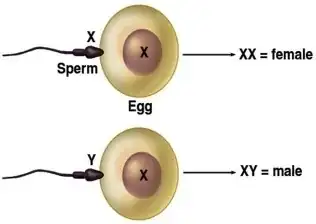According to the Mayor of New York City, De Blasio: (my emphasis)
Excessive speed contributes to 25 percent of roadway fatalities on New York City Streets and is the leading cause of motor vehicle crashes. Reducing vehicle speed from 30 to 25 mph doubles the likelihood of a pedestrian surviving a crash.
He seems to be saying that the expected number of pedestrian deaths would go down to half of what it is currently (which the numbers I've seen don't agree on, so I'll ask a separate question for that.)
What percentage of current pedestrian deaths would be expected to be avoided with a 5mph reduction in the speed limit?
Here's a more explicit quote with a subtly different claim, from later in the article: (my emphasis)
“Because of the leadership of Mayor de Blasio, this life-saving measure is now law,” said Department of Transportation Commissioner Polly Trottenberg. “Dropping the default speed limit by 5 mph may not seem like a lot, but it cuts the chances of pedestrians dying from being hit by a vehicle in half.
